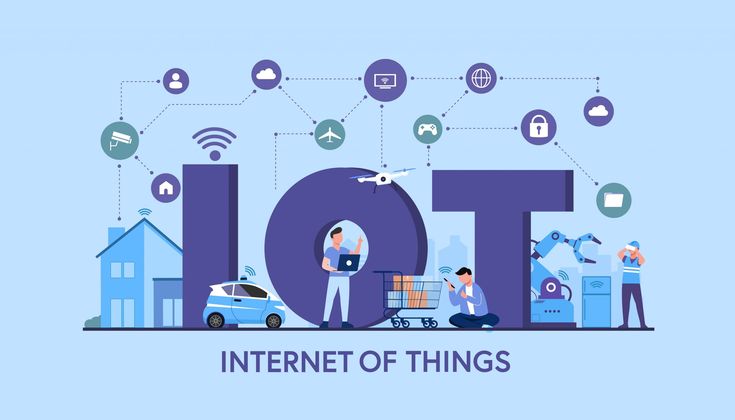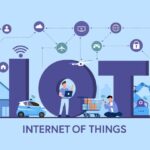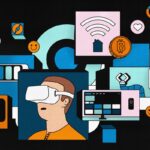In the increasingly rapid development of technology, the Internet of Things (IoT) has become a concept that changes the way we interact with devices and the surrounding environment. IoT is a network of devices that are connected to each other and communicate via the internet, allowing us to control and monitor various aspects of daily life more efficiently.
What is the Internet of Things?
Internet of Things (IoT) is a concept in which physical objects (such as electronic devices, vehicles, etc.) are equipped with sensors, software, and internet connections to communicate with each other and exchange data. An example of IoT applications that we often encounter is a Smart Home, where lights, AC, door locks and other devices can be controlled and monitored via a smartphone or other device connected to the internet. According to several experts, IOT (Internet of Things) is as follows:
According to Gubbi et al. (2013), IoT is the convergence of information and communication technologies that enable connections and data exchange between physical devices or “things” that are connected in the environment.
According to Atzori et al. (2010), IoT is a network that integrates various communication technologies and sensors that aim to improve the quality of life and service performance by monitoring various aspects of the physical world.
Benefits of IoT for Everyday Life
- Convenience and Convenience: With IoT, we can control various devices at home remotely via smartphone, providing comfort and ease of setup.
- Energy Efficiency: IoT can help us manage energy use more efficiently, such as turning off electronic devices when not in use or adjusting room temperature automatically.
- Security: Through IoT, we can monitor the security of a home or vehicle remotely via installed cameras or sensors.
- Health: IoT is also applied in health devices which allows real-time monitoring of health conditions and provides notifications if something unusual happens.
Challenges and Security in IoT Implementation
Although IoT provides many benefits, there are also several challenges that need to be faced, especially related to data security and privacy. Because IoT devices are connected to each other via the internet, there is a risk of security attacks such as hacking of personal and device data.
Risks and How to Overcome
To reduce security risks in IoT implementation, several steps that can be taken include:
- Data Encryption: Instantly encrypt data sent between IoT devices to prevent unauthorized access.
- Software Updates: Make sure the software on IoT devices is always updated to avoid known security vulnerabilities.
- Privacy Settings: Grant access permissions wisely to IoT devices and set privacy settings as required.
With a good understanding of the Internet of Things and efforts to secure its implementation, this technology can provide many benefits and support digital transformation in various sectors of life. So, let’s keep an eye on IoT developments and utilize them wisely to support a more efficient and digitally connected life.
If you are interested in finding out more about the Internet of Things, you can access further information on the [TechRadar] website(https://www.techradar.com/news/what-is-the-internet-of-things).
Hopefully this article is useful and provides useful insights in understanding Internet of Things technology. Thank you for reading!
—
This article can also be accessed via the technology blog [TechExplorers](https://www.techexplorers.com/mengenal-internet-of-things) which provides the latest information about modern technology. Don’t miss reading other interesting articles there!








